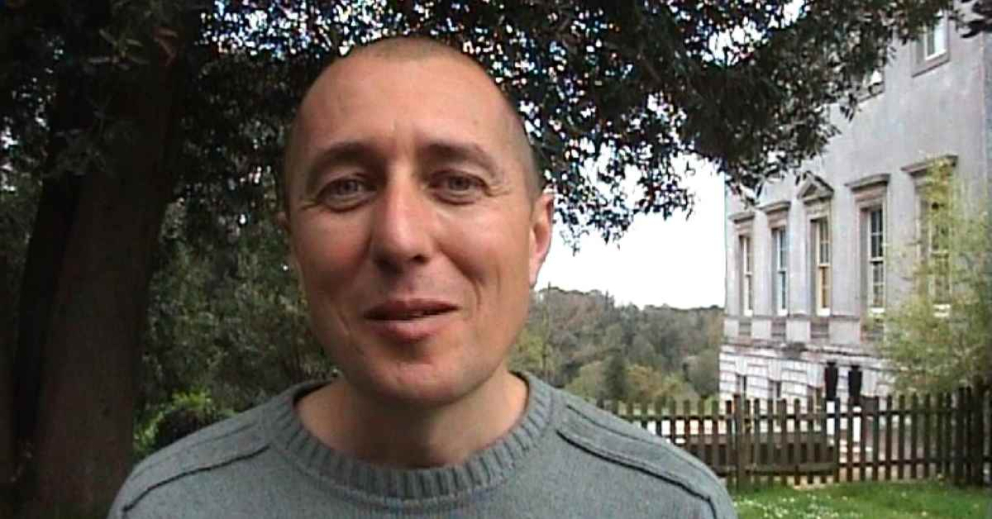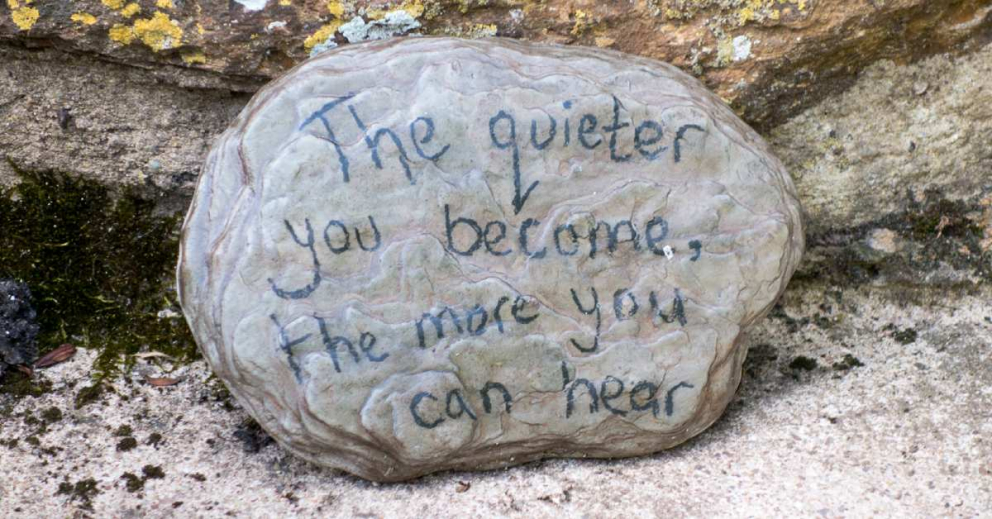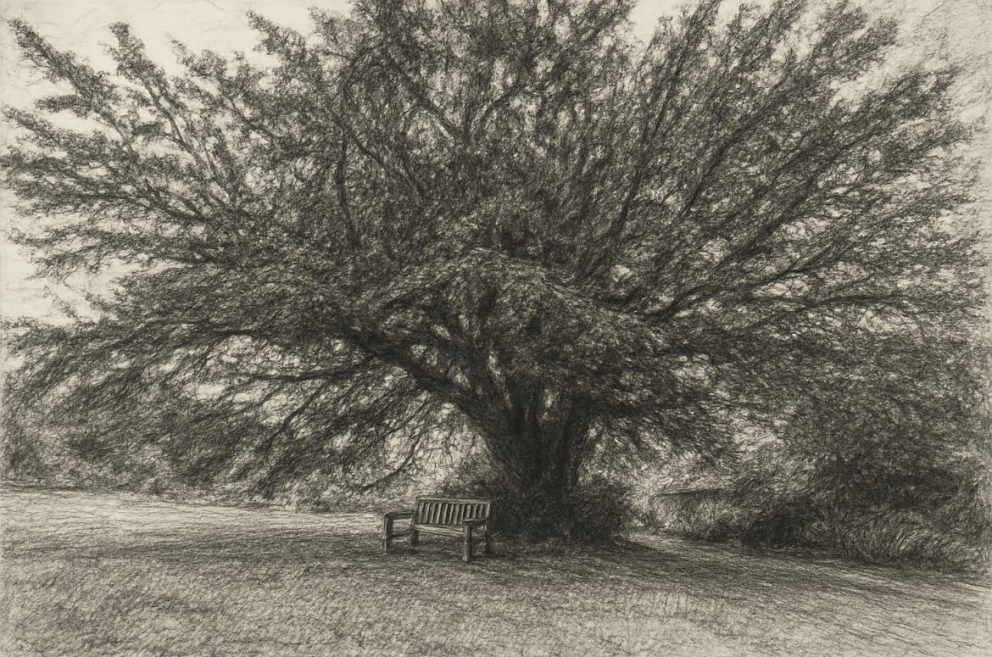
Daphne Pleace writes stories about Sharpham - here she interviews ornithologist Mike Langman about the Firecrests heard on the Dusk Chorus walk here in May.
Tiny birds spotted at Sharpham
Along with a dozen or so other lucky individuals, I recently enjoyed a Dusk Chorus Walk here in Sharpham’s wonderful grounds. There were many treats: you can read the full story here, but our leader, Mike Langman, was particularly excited to discover a Firecrest singing in the car park; then later, as we walked through woodlands, another one!
A few days after the walk, I caught up with Mike to find out about Firecrests, our second smallest British bird after the Goldcrest.
Both birds are named for their bright orange (Firecrest) and yellow (Goldcrest) head stripes which they flare into Mohican-style crests for display or defence. The tiny Firecrest is just ten centimetres long and weighs about the same as a teaspoon of sugar. I wanted to ask Mike why he’d been so excited.
“The Firecrest is not a common bird in the UK. We used to only see them in the south of England as scarce passage migrants, if we saw them at all, but we had our first breeding success recorded very close to here in 2014. And it’s my first time finding them in the grounds of Sharpham.”
I was intrigued. We’re hearing so many bad news stories about wildlife in trouble, this sounded like good news. I wanted to know more. I asked Mike where exactly the Firecrests had successfully raised young.
“A few years back when I was County Recorder for Devon we first heard singing males on National Trust land at Greenway, and now numbers are increasing and spreading throughout the Dart Valley. I’m convinced they must be breeding successfully in more places in South Devon too…maybe even at Sharpham itself. There were definitely at least two different males singing to set up - or defend - territories on the Dusk Chorus evening.”
The song itself is not as loud or attractive as many of our other birds: in fact, it is such a high-pitched sound that some people can’t hear it at all, so it was good we had Mike to draw our attention to the sound.
The tiny bird is quite hard to spot too, as it searches for insects on the underside of leaves. I managed neither sighting nor hearing, but it was still lovely to know they were there, thriving, and enjoying Sharpham.
I wondered if this was a Climate Change gain, instead of the losses we hear about. Mike said this might well be the case since milder winters encourage the birds to stay in the UK, rather than migrating south. Birds born here are more likely to stay too.
Mike explained that Firecrests enjoy the winter evergreen-rich habitats of the Dart valley - ivy and holly being favoured plants.
So perhaps there’ll be a new bird appearing on Christmas cards near you… move over you Robins, Wrens and Goldcrests… make room for the Firecrest.
Pictures by Mike Langman
Learn more about our forthcoming Marsh & Estuary Bird Walk here
Find out about all our nature and wildlife events here: www.sharphamtrust.org/events
Daphne is a volunteer story-teller for the Sharpham Trust. She blogs at www.daphnepleace.co.uk/blog










